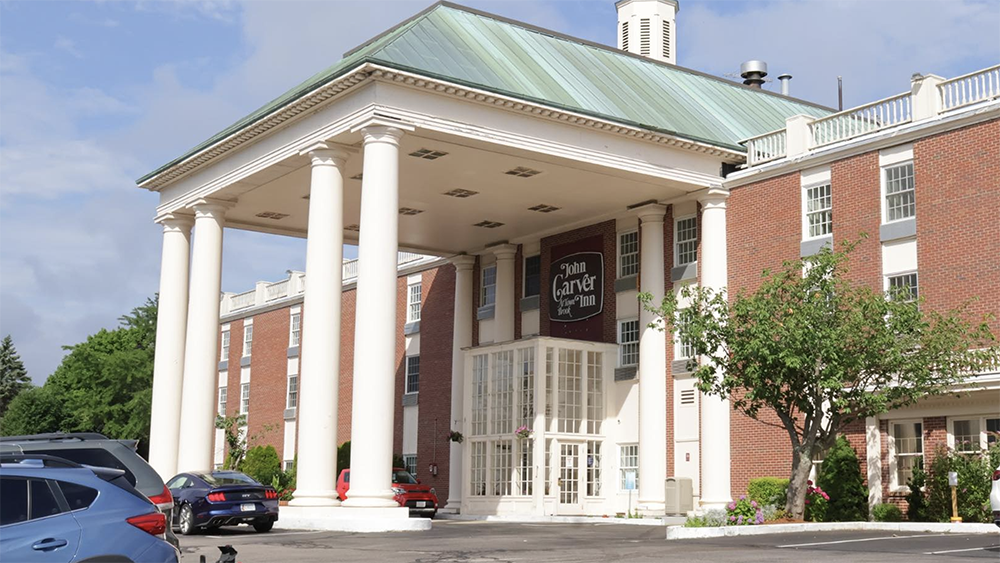News: Owners Developers & Managers
Posted: March 4, 2009
Stimulus package to support commercial energy efficiency
On February 17th, President Obama helped seal his first 100 days in office with his historic signing of the American Recovery and Reinvestment Act, a sweeping piece of legislation which will provide $783 billion to help stimulate the ailing U.S. economy. With energy efficiency high on President Obama's list of key means for America to reduce its energy consumption and costs and enhance its level of energy independence and global competitiveness, the act contains many provisions related to energy and its use that are of interest to corporate America, commercial buildings owners, and real estate professionals. Here are a few of these energy-related provisions:
* $3.1 billion will be made available to the Dept. of Energy to fund state energy programs, which involve state grants for energy efficiency upgrades and utility rebates.
* $300 million will be made available to the Dept. of Energy to fund the Energy Efficient Appliance Rebate Program and the Energy Star Program (which could in turn help subsidize Energy Star-rated lighting and other products)
* $3.2 billion will be made available to the Dept. of Energy to fund the Energy Efficiency and Conservation Block Grant Program, with $400 million to be awarded on a competitive basis to grant applicants. States will determine how to spend these funds.
* $4.5 billion will be made available to the Dept. of Energy for expenses necessary for electricity delivery and energy reliability activities to modernize the electric grid.
* $5.5 billion will be made available to the General Services Administration for the upgrade of Federal buildings, U.S. court houses, border stations and land ports of entry, construction of a new headquarters for the Dept. of Homeland Security, and not less than $4.5 billion to convert GSA facilities to high-performance green buildings.
Progressive and far-reaching in its energy-related goals, the milestone American Recovery and Reinvestment Act does not stand alone in its objective of encouraging and incentizing greater energy efficiency. Among other measures, the Energy Independence & Security Act of 2007 set aggressive new energy efficiency standards for most of the more than four billion screw-based lights being used in consumer and commercial applications in the U.S. Supporting similar legislation enacted in countries around the world, the act will effectively ban many of the most popular but highly-inefficient incandescent lamp wattages (with exemptions for certain specialty lamps) in the coming years and require their change-out to those light sources which meet the new efficiency standards-a pool of products currently comprised of compact fluorescent bulbs, high-efficiency halogen bulbs, and light emitting diodes (LEDs).
And the earlier 2005 Energy Policy Act put into place financial incentives in the form of tax deductions which provide up to $.60 per s/f on the installation of energy-efficient lighting products that result in a building's increase in energy efficiency by 25-40% or more over the ASHRAE 90.1-2001 standard. Originally available for eligible technologies placed into service between January 1st, 2006 and December 31st, 2007, the tax incentives have since been extended through December 31st, 2013 and are helping to channel our nation's commercial buildings towards a more energy-efficient and sustainable future.
Offered on top of the extremely attractive 20-50% returns on investment and 2-3 year paybacks that lighting upgrades generate all on their own, the commercial building tax deduction and stimulus package opportunities provide an even more compelling reason to pursue an energy-efficient lighting upgrade in your facility today!
Susan Bloom is director of corporate communications for Philips Lighting & Philips Lighting Electronics, Somerset, N.J.
MORE FROM Owners Developers & Managers
Mount Vernon Co. acquires John Carver Inn & Spa in Plymouth, MA
Plymouth, MA The Mount Vernon Company (MVC), a Boston-based real estate and hospitality investment firm, has completed the acquisition of the John Carver Inn & Spa, an 80-room property.

Columns and Thought Leadership

IREM President’s Message: Fostering community connections during the holiday season
The holidays are again taking center stage, and with them comes an opportunity for multifamily communities to connect with the businesses and organizations in their cities and towns, fostering a sense of unity and generosity during this giving season

Recently passed legislation creates opportunities to meet CT’s changing energy needs - by Klein and Feinn
For decades, New England has had a summer-peaking power system, where the greatest energy use occurs on the hottest and most humid days, due to widespread use of air conditioning. But by the mid-2030s, electrification of the heating sector likely will result in a winter peak that’s higher than the summer peak.

Selecting the right façade installation firm - by Steven Powell
As the owner of a major new property being developed, or an existing large building preparing for major renovation, you want your design and construction team to have the right experience, capabilities, and expertise to match the project demands. A critical member of this team will be the façade installation specialty firm, since the quality of this installation will impact

.png)





.png)
